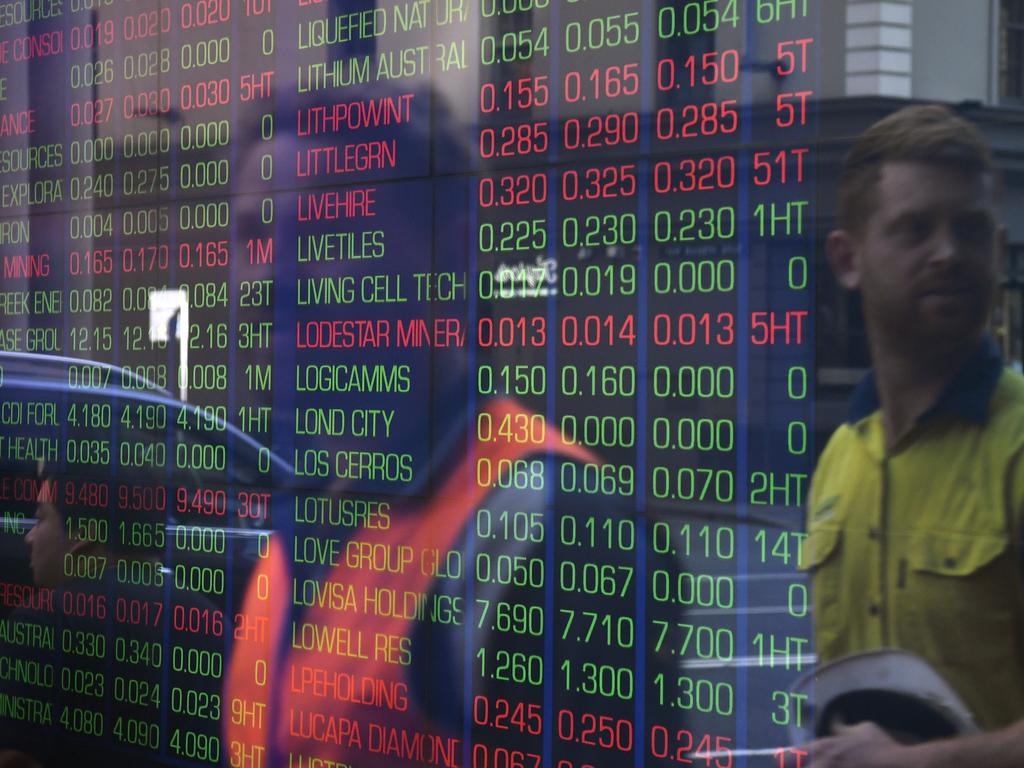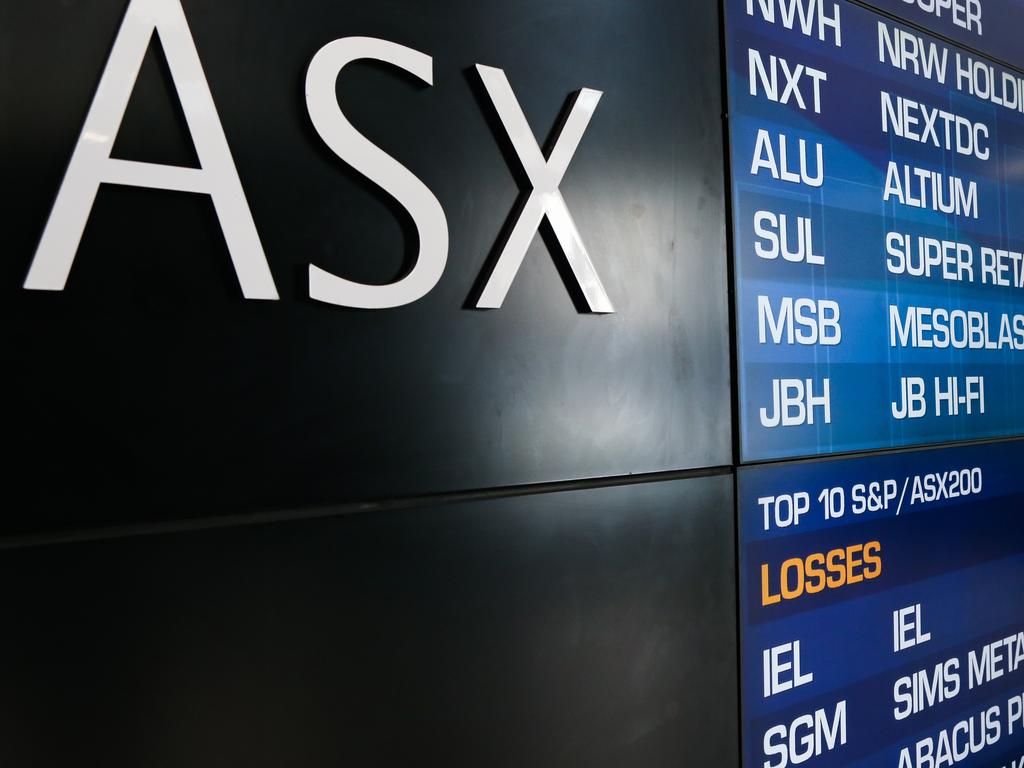How ASIC burst into action as the stockmarket ground to a halt
Freedom of information documents reveal the concern from financial regulators after an outage at the Australian stock exchange on November 16.

The Australian corporate regulator reached for a crisis plan bringing together some of its most senior people in response to the sharemarket outage that plunged the ASX into darkness last year, documents released under Freedom of Information reveal.
The members of the Australian Securities & Investments Commission launched into action after a technical glitch on November 16 saw the ASX grind to a halt.
The market remained shut for the rest of the day, before reopening with reduced functionality the following day.
The problem that caused the crash was related to software supplied by the Nasdaq that was unable to handle tailor-made combinations orders.
The software had been updated over the previous weekend.
In response to the outage, ASIC unleashed its “Significant Market Event Response Plan”.
Senior members of ASIC convened to discuss what should be done. The Freedom of Information documents from the Reserve Bank show ASIC was aware that the tailor-made combinations problem that crashed the exchange had also hit the ASX in 2016.
ASIC senior executive leader market infrastructure Nathan Bourne told the regulators reopening the market after it crashed “was not deemed a viable option and consistent with feedback from the market after the 2016 outage”.
The September 19, 2016 crash was sparked by a hardware failure in the main database used to operate the ASX market.
The documents show a long list of high-powered regulators from across the Australian financial landscape were involved.
The Council of Financial Regulators, which represents ASIC, the RBA and banking regulator APRA, released a statement on December 2 expressing concern about the outage.
A review of the 2016 closure noted the highly unusual circumstances that led to the market closure, an incident that had only occurred on “three previous occasions in the last 10 years”.
Mr Bourne noted in his correspondence that the Chi-X market remained open during the ASX outage.
However, ASIC criticised stockbrokers in December after its probe into the outage revealed many did not shift trade to Chi-X.
ASIC continues to investigate the November market failure, warning on December 21 it continued to assess the impact of the ASX outage and subsequent problems with its Centre Point dark-pool trade matching service, order cancellations and a delay to clearing and settlement that occurred during the week.
The Centre Point system allows the anonymous matching for trades on the ASX.
The consequence of the ASX outage saw a deterioration of liquidity and a widening of spreads.
Based on the outcome of the ASIC investigation into the ASX outage, conditions could be imposed on the exchange’s license to operate.







To join the conversation, please log in. Don't have an account? Register
Join the conversation, you are commenting as Logout